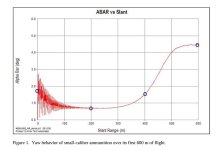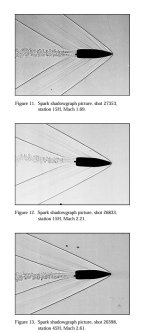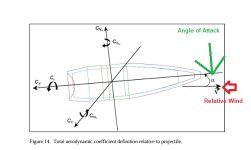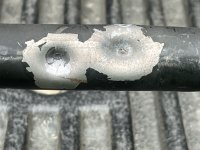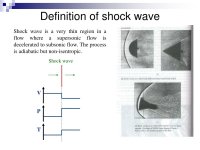In the second photo, it is well past that point and outside the transitional velocity range. Initially, however, the expanding gases are propelled by the same muzzle pressure that the bullet is, so, being lighter, they accelerate past the bullet base, creating their own shockwave and inducing some transitional velocity effects. This fast gas is what causes the post-muzzle acceleration measured by Vaughn. The
SAAMI standard recoil calculation (based on old British experimental work), uses, for high-power rifles, that the gas at the muzzle is accelerated to about 1.75 times the speed of the bullet initially. However, it does lose velocity quickly, which is why the influence on the bullet is so brief. While the military puts eleven calibers on the total range of influence, roughly the first three calibers of bullet base travel past the muzzle to see the most effect. You can see this in super slow-motion videos of the gases blowing over the bullet base and forward. Whether or not the leading edge of the muzzle blast succeeds in passing the bullet nose depends on bullet geometry, velocity, and muzzle pressure, of course.
22 Rimfire is a special case. Past powder burnout, which is usually given as about 16 inches down the barrel for 22 Long Rifle (though it is actually a range for the different loadings of from roughly 12 to 19 inches), the bullet gradually slows, and the pressure behind it is dropping. So you see some muzzle blast effect on 22 RF from a short barrel, like a handgun, but in a rifle, any barrel length from about 20 to 28 will generally get the same velocity within 50 fps or so.
Another issue with 22 RF is the high-speed ammunition exits the muzzle in the transonic range, so it leaps into a portion of the drag spectrum that is high enough to make it difficult to realize much advantage from the last 100 fps or so.

